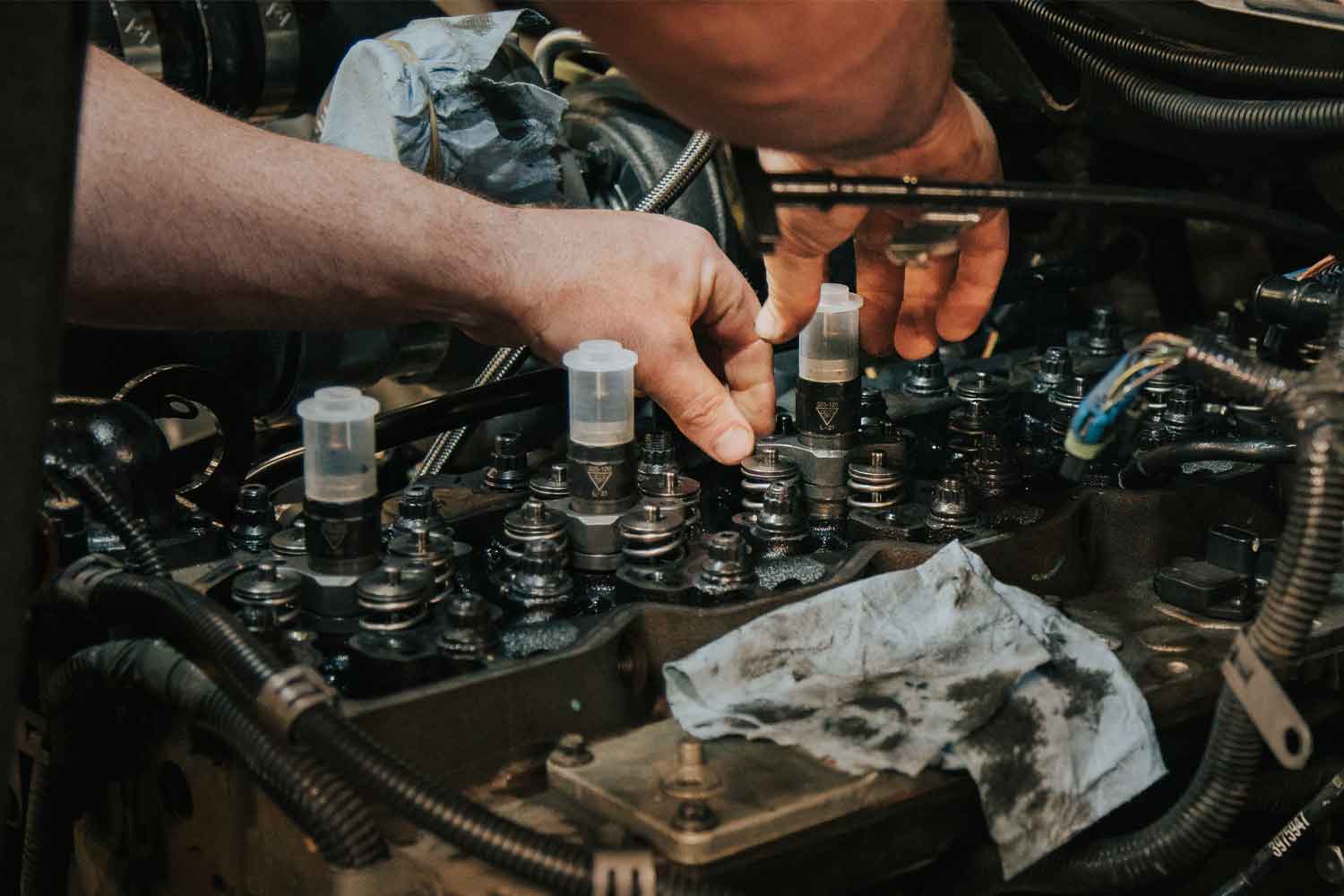
In the world of automotive engineering, a fuel regulator plays a crucial role in controlling the flow of fuel to the engine. Understanding how a fuel regulator works and its importance can help you maintain the optimal performance of your vehicle. In this guide, we will cover everything you need to know about fuel regulators, from their function to common issues and maintenance tips. You can also click oer here to explore more about fuel regulator.
What is a Fuel Regulator?
A fuel regulator, also known as a fuel pressure regulator, is a device that controls the pressure of fuel in the fuel system of a vehicle. It is typically located between the fuel pump and the fuel injectors, ensuring that the proper amount of fuel is delivered to the engine for combustion. A fuel regulator works by monitoring the pressure of the fuel in the system and adjusting it as needed to maintain a consistent flow.
Key Functions of a Fuel Regulator:
- Regulates the pressure of fuel in the system
- Controls the flow of fuel to the engine
- Ensures optimal fuel-air mixture for combustion
Signs of a Faulty Fuel Regulator
Just like any other component of a vehicle, fuel regulators can develop issues over time. It is essential to be aware of the common signs of a faulty fuel regulator so that you can address them promptly. Here are some indicators that your fuel regulator may need attention:
Common Symptoms of a Faulty Fuel Regulator:
- Engine misfires or hesitation during acceleration
- Black smoke coming from the exhaust pipe
- Poor fuel efficiency
- Difficulty starting the engine
- Strong fuel smell from the vehicle
How to Test a Fuel Regulator
If you suspect that your fuel regulator is not functioning correctly, you can perform a simple test to check its performance. Here is a basic guide on how to test a fuel regulator:
Steps to Test a Fuel Regulator:
- Locate the fuel regulator in your vehicle
- Disconnect the vacuum line from the fuel regulator
- Inspect the fuel regulator for any signs of damage or leaks
- Start the engine and observe the fuel pressure gauge
- If the pressure is not within the specified range, the fuel regulator may need to be replaced
Maintenance Tips for Fuel Regulators
Proper maintenance of the fuel regulator can help prolong its lifespan and ensure the optimal performance of your vehicle. Here are some maintenance tips to keep your fuel regulator in good condition:
Tips for Maintaining a Fuel Regulator:
- Regularly check and replace the fuel filter
- Inspect the fuel lines for any signs of damage or leaks
- Clean the fuel regulator and its components periodically
- Use high-quality fuel to prevent contamination
- Have the fuel system inspected by a professional regularly
Replacing a Fuel Regulator
If your fuel regulator is beyond repair or is not performing as it should, you may need to replace it. While this task may vary in complexity depending on the make and model of your vehicle, here is a general guide on how to replace a fuel regulator:
Steps to Replace a Fuel Regulator:
- Disconnect the battery to prevent any electrical mishaps
- Locate the fuel regulator and remove any components blocking access to it
- Disconnect the fuel lines and electrical connectors from the regulator
- Remove the old fuel regulator and install the new one in its place
- Reconnect the fuel lines and electrical connectors
- Test the new fuel regulator to ensure proper functionality
Remember, if you are not confident in replacing the fuel regulator yourself, it is always best to seek the assistance of a professional mechanic to avoid any potential damage to your vehicle.
Conclusion
A fuel regulator is a crucial component of a vehicle's fuel system, responsible for maintaining the proper pressure and flow of fuel to the engine. By understanding how a fuel regulator works, recognizing the signs of a faulty regulator, and following proper maintenance procedures, you can ensure the optimal performance and longevity of your vehicle. If you suspect any issues with your fuel regulator, do not hesitate to address them promptly to avoid further damage and costly repairs.
